Home>diy>Building & Construction>What Are Post Tension Cables, Reinforcing Rods, And Wire Mesh Used For In Construction
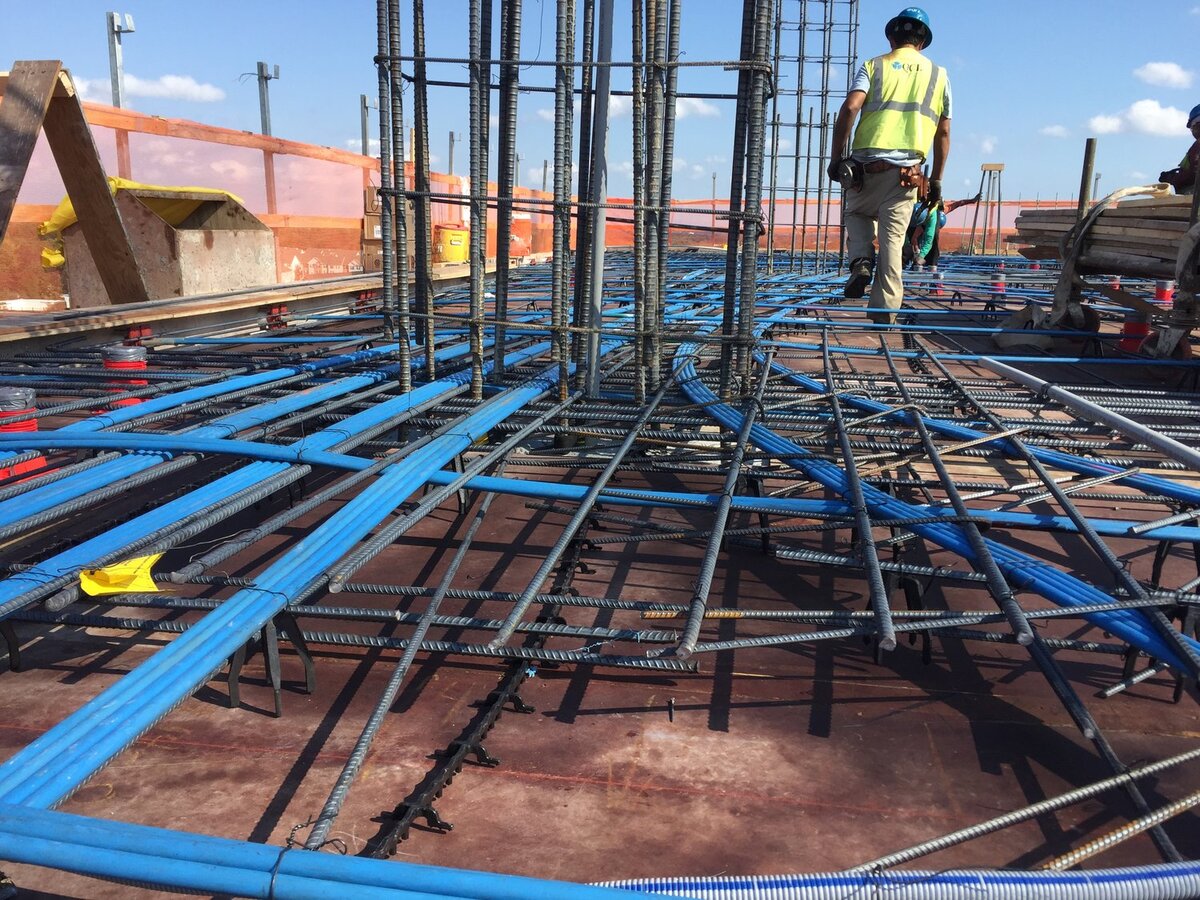

Building & Construction
What Are Post Tension Cables, Reinforcing Rods, And Wire Mesh Used For In Construction
Modified: March 6, 2024
Learn the uses of post tension cables, reinforcing rods, and wire mesh in building construction. Understand their importance in ensuring structural stability and safety.
(Many of the links in this article redirect to a specific reviewed product. Your purchase of these products through affiliate links helps to generate commission for Storables.com, at no extra cost. Learn more)
Introduction
When it comes to building construction, there are various elements and techniques utilized to ensure structural strength and longevity. Three important components in construction are post tension cables, reinforcing rods, and wire mesh. These elements play a crucial role in reinforcing concrete structures, providing stability, and preventing cracks or structural failures. In this article, we will explore the uses and significance of post tension cables, reinforcing rods, and wire mesh in construction projects.
Post tension cables, also known as post-tensioning cables or tendons, are high-strength steel cables that are used to reinforce concrete. These cables are tensioned after the concrete has hardened, creating compression forces that counteract the tensile forces exerted on the concrete. This technique allows for larger spans and reduced construction materials, making it ideal for constructing bridges, parking structures, and large slabs.
Reinforcing rods, commonly referred to as rebar, are steel bars that are placed in concrete structures to increase their strength and durability. These rods are typically embedded within the concrete and act as a reinforcement by resisting tension forces. The addition of reinforcing rods helps to prevent cracking and enhances the overall structural integrity of the concrete. This makes rebar an essential component in the construction of foundations, walls, columns, and other load-bearing structures.
Wire mesh, also known as welded wire mesh or wire fabric, consists of intersecting steel wires that are welded or woven together to form a grid-like pattern. This mesh is commonly used in construction to provide additional reinforcement and prevent cracking in concrete structures. The wire mesh serves as a reinforcement layer, distributing the load across a wider area and reducing the risk of localized cracks. It is often used in driveways, sidewalks, and residential foundations where there is a need for increased tensile strength and durability.
Overall, post tension cables, reinforcing rods, and wire mesh are integral components in construction projects. They work together to improve the strength, stability, and longevity of concrete structures. Whether it is for large-scale projects like bridges or smaller-scale applications like residential foundations, these elements enhance the structural performance and ensure the safety of the built environment.
Key Takeaways:
- Post tension cables, reinforcing rods, and wire mesh are like the superheroes of construction, working together to make buildings strong and durable by preventing cracks and supporting heavy loads.
- Post tension cables allow for open architectural designs, reinforcing rods prevent cracks, and wire mesh distributes loads to make concrete structures tough and long-lasting.
Read more: How To Use Tension Rod For Curtains
Post Tension Cables
Post tension cables, also known as post-tensioning cables or tendons, are an innovative method used to reinforce concrete structures. These cables are made of high-strength steel and provide additional strength to the concrete by applying compression forces.
The post tensioning process involves tensioning the cables after the concrete has hardened. This is done by installing the cables in predetermined patterns within the concrete formwork before pouring the concrete. Once the concrete has cured, the cables are tensioned using hydraulic jacks. This tensioning process imparts a compressive force onto the concrete, which counteracts the tensile forces that the structure is subjected to.
One of the primary advantages of post tension cables is their ability to span longer distances without the need for intermediate supports. This allows for greater design flexibility and reduces the number of columns or supports required in a structure. Consequently, it leads to cost savings and more open and spacious architectural designs.
Post tension cables are commonly used in a variety of construction projects, such as bridges, parking structures, and large slabs. In bridge construction, post tension cables are used in the construction of concrete beams and decks, providing added strength and durability to support heavy loads and withstand various weather conditions.
In parking structures, post tension cables are essential in supporting the weight of multiple levels of parking and vehicles. The use of post tensioning allows for larger span lengths between columns, maximizing the available parking space.
Post tension cables are also utilized in large slabs, such as those found in industrial buildings or high-rise developments. The cables are strategically placed to enhance the load-bearing capacity of the concrete to accommodate heavy equipment and machinery.
Overall, post tension cables are a critical component in modern construction. They offer numerous benefits, including increased structural strength, reduced material usage, and greater design flexibility. By incorporating post tension cables, construction professionals can create efficient and durable structures that meet the demands of today’s construction industry.
Reinforcing Rods
Reinforcing rods, commonly known as rebar, play a vital role in reinforcing concrete structures to withstand tensile forces and prevent cracking. These steel bars are widely used in construction projects to increase the strength and durability of concrete elements.
Rebar is typically made of carbon steel and features ribbed surfaces to provide enhanced bonding with the concrete. The placement of reinforcing rods within the concrete helps create a reinforced concrete structure capable of withstanding external loads and resisting tension forces.
One of the primary functions of reinforcing rods is to counteract the weak nature of concrete in tension. While concrete performs well under compression, it tends to crack and fail when subjected to tensile forces. By adding reinforcing rods, the tensile strength of the concrete is significantly increased, preventing cracks and enhancing the overall structural integrity of the construction.
Reinforcing rods are commonly used in a wide range of construction applications. In the construction of foundations, rebar is placed within the concrete footings and walls to provide added strength and stability. This ensures that the foundation can withstand the loads imposed by the structure above and the surrounding soil.
In the construction of walls, columns, and beams, reinforcing rods are strategically placed in a grid-like pattern to distribute the tensile forces evenly. This prevents the occurrence of localized cracks and adds strength to these structural elements. The use of rebar in these areas is crucial for buildings that need to resist seismic activity, heavy loads, or other external forces.
Reinforcing rods are also utilized in the construction of slabs, such as in flooring systems or concrete pavements. In these applications, rebar is placed within the concrete to enhance its load-bearing capacity and prevent cracking due to the imposed loads or temperature changes.
Overall, reinforcing rods are indispensable in the construction industry. They provide the necessary reinforcement to concrete structures, ensuring their longevity, strength, and resistance to cracking. Whether it’s for foundations, walls, columns, or slabs, rebar is a fundamental component that enhances the structural integrity of construction projects.
Post tension cables, reinforcing rods, and wire mesh are used in construction to strengthen concrete structures. Post tension cables add extra support, reinforcing rods provide internal strength, and wire mesh helps prevent cracking.
Wire Mesh
Wire mesh, also referred to as welded wire mesh or wire fabric, is a versatile material used in construction to provide additional reinforcement and prevent cracking in concrete structures. It is composed of intersecting steel wires that are welded or woven together to form a grid-like pattern.
The primary purpose of wire mesh is to enhance the tensile strength and durability of concrete. When placed within the concrete, the wire mesh acts as a reinforcement layer, distributing the load across a wider area and reducing the risk of localized cracks.
One of the common applications of wire mesh is in the construction of driveways and sidewalks. These areas are subjected to heavy traffic loads and need to withstand the constant weight and movement of vehicles or foot traffic. By adding wire mesh, the concrete is reinforced, making it more resistant to cracking and improving its overall longevity and performance.
Residential foundations also often include the use of wire mesh. As the foundation bears the weight of the entire structure, it is essential to ensure its strength and durability. Wire mesh helps to reinforce the concrete foundation, making it more resistant to settling, shifting, and cracking under the weight of the building.
Wire mesh is also commonly used in the construction of retaining walls. These walls are designed to hold back soil and provide stability to the surrounding area. By incorporating wire mesh into the concrete, the retaining wall is strengthened, ensuring its ability to withstand the pressure exerted by the soil behind it.
In construction projects where concrete is poured over expansive soil, wire mesh plays a critical role. Expansive soils have a tendency to swell and shrink with changes in moisture content, exerting pressure on the concrete. Wire mesh helps to mitigate the effects of soil movement by reinforcing the concrete and reducing the risk of cracking.
Additionally, wire mesh can be used in precast concrete elements, such as precast panels or blocks. The mesh provides reinforcement during the fabrication process and helps to improve the overall structural integrity of these precast elements.
Overall, wire mesh is an essential component in construction, providing reinforcement and strength to concrete structures. Whether it is for driveways, sidewalks, foundations, retaining walls, or precast elements, wire mesh enhances the performance of concrete, making it more resistant to cracking and ensuring its longevity.
Conclusion
In the realm of building construction, post tension cables, reinforcing rods, and wire mesh play pivotal roles in enhancing the strength, stability, and durability of concrete structures.
Post tension cables offer numerous advantages, such as increased spans without the need for intermediate supports, which allows for more open and spacious architectural designs. They are commonly used in bridge construction, parking structures, and large slabs, providing additional strength and allowing for efficient and cost-effective construction.
Reinforcing rods, also known as rebar, are crucial in preventing cracking and reinforcing concrete under tension forces. They are extensively used in foundations, walls, columns, and beams, ensuring the structural integrity of buildings and resistance to external forces.
Wire mesh, on the other hand, offers reinforcement by distributing loads across a wider area and preventing the formation of localized cracks. It is widely utilized in driveways, sidewalks, residential foundations, and retaining walls, enhancing the tensile strength and durability of the concrete.
Overall, these elements, post tension cables, reinforcing rods, and wire mesh contribute to the overall strength, stability, and longevity of construction projects. They create a solid foundation, resist cracks and structural failures, and enable the construction of robust and efficient structures that can withstand various environmental conditions and loads.
By incorporating these components into construction projects, builders and engineers can ensure the safety and reliability of the structures they create. As technologies and construction methods continue to advance, the utilization of post tension cables, reinforcing rods, and wire mesh will remain integral to the construction industry, ensuring the sustainability and longevity of our built environment.
Frequently Asked Questions about What Are Post Tension Cables, Reinforcing Rods, And Wire Mesh Used For In Construction
Was this page helpful?
At Storables.com, we guarantee accurate and reliable information. Our content, validated by Expert Board Contributors, is crafted following stringent Editorial Policies. We're committed to providing you with well-researched, expert-backed insights for all your informational needs.
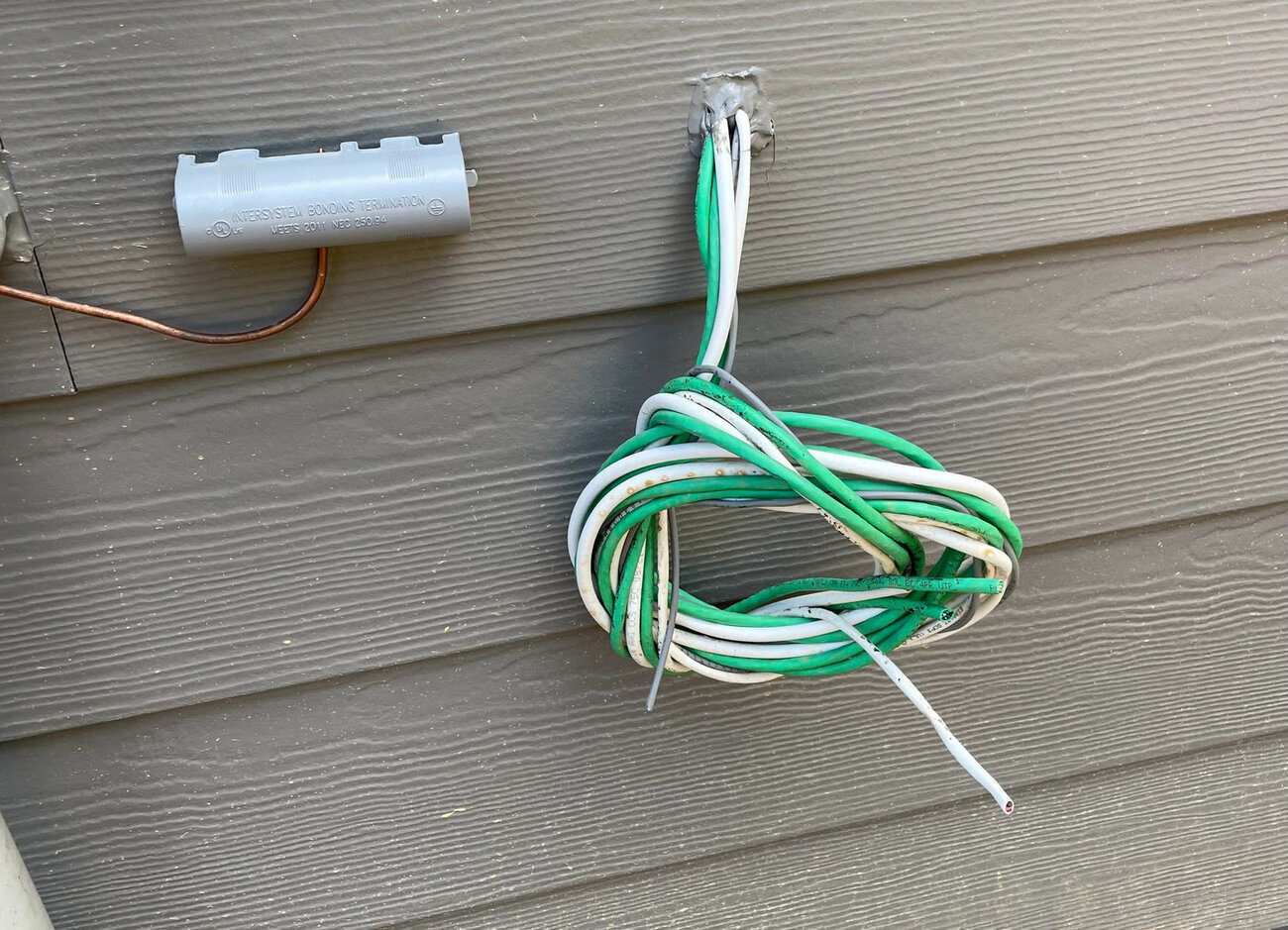
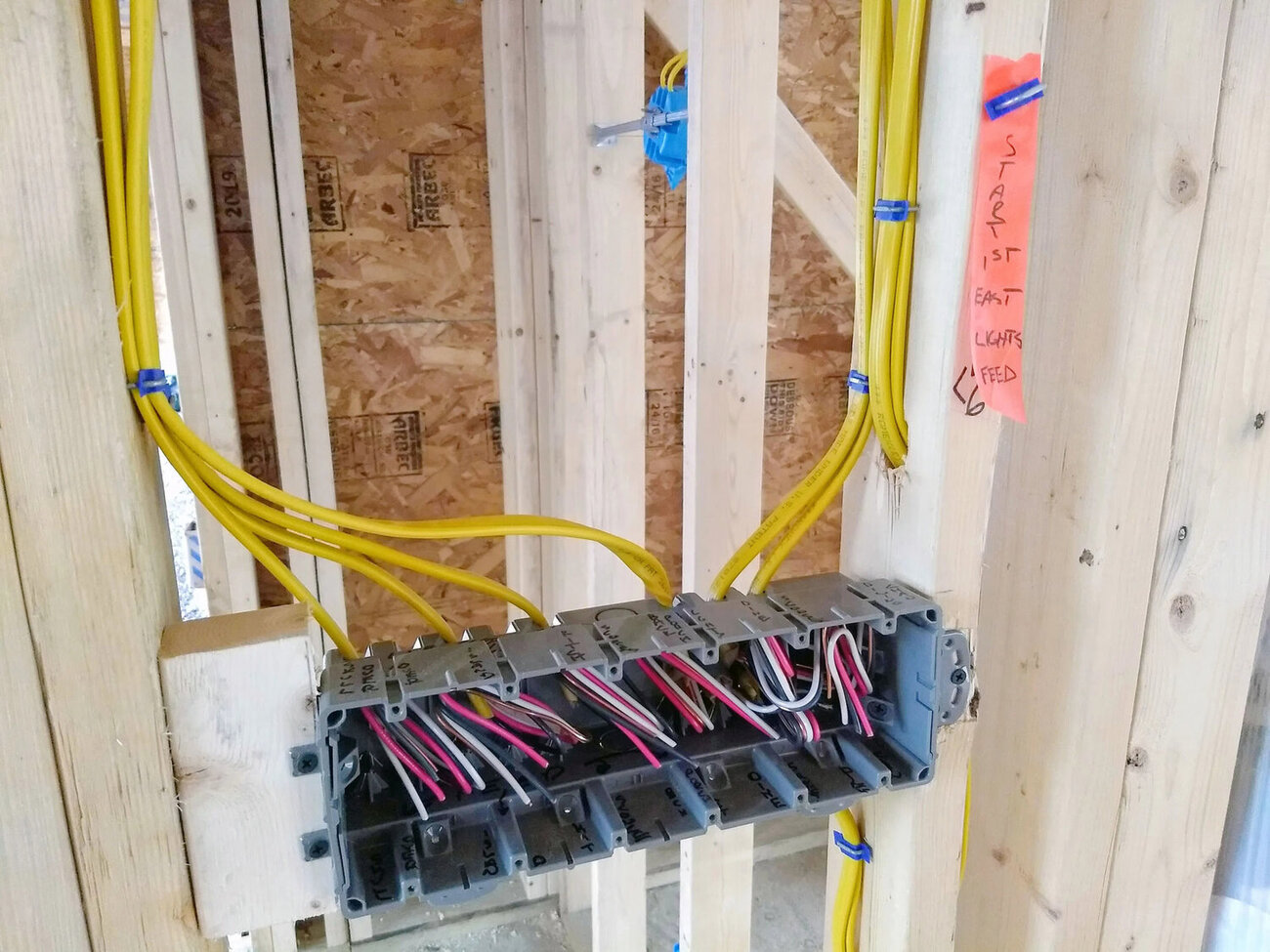
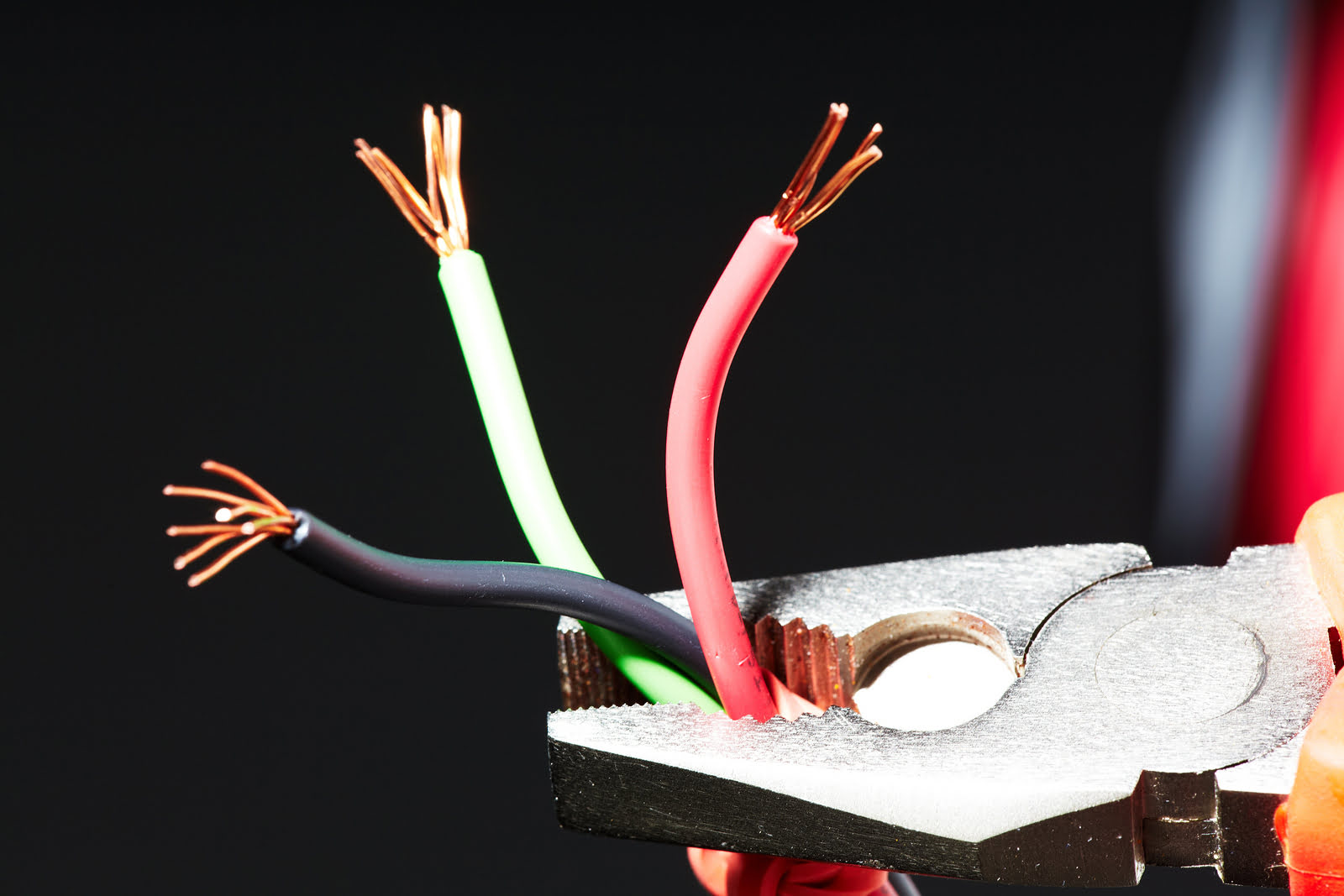
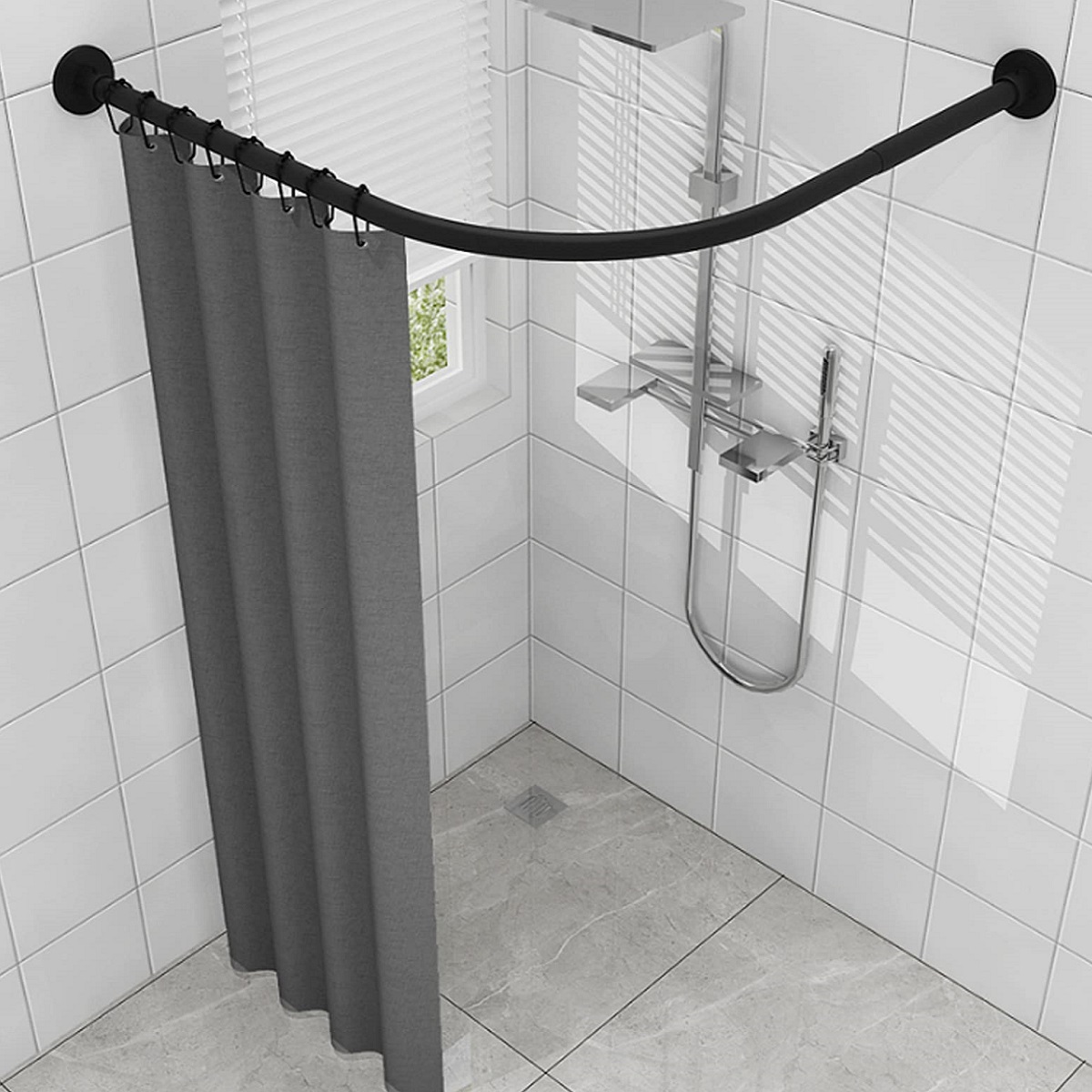
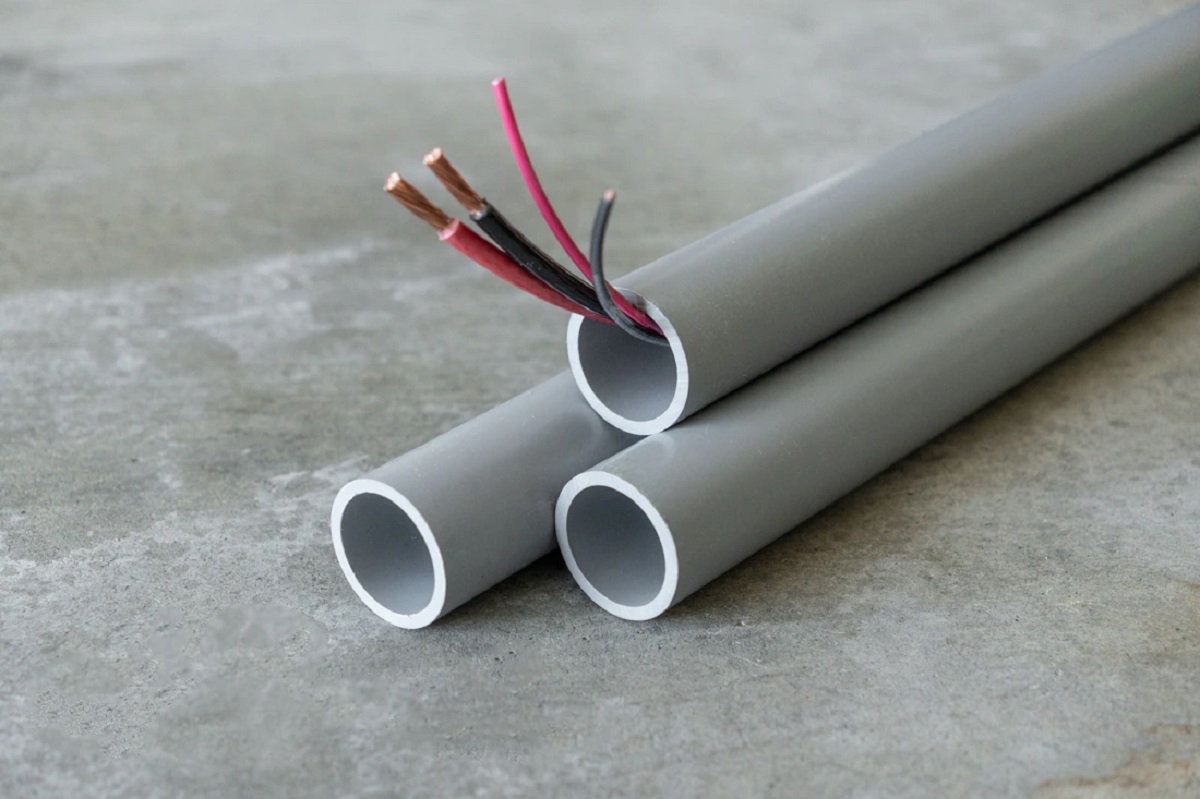
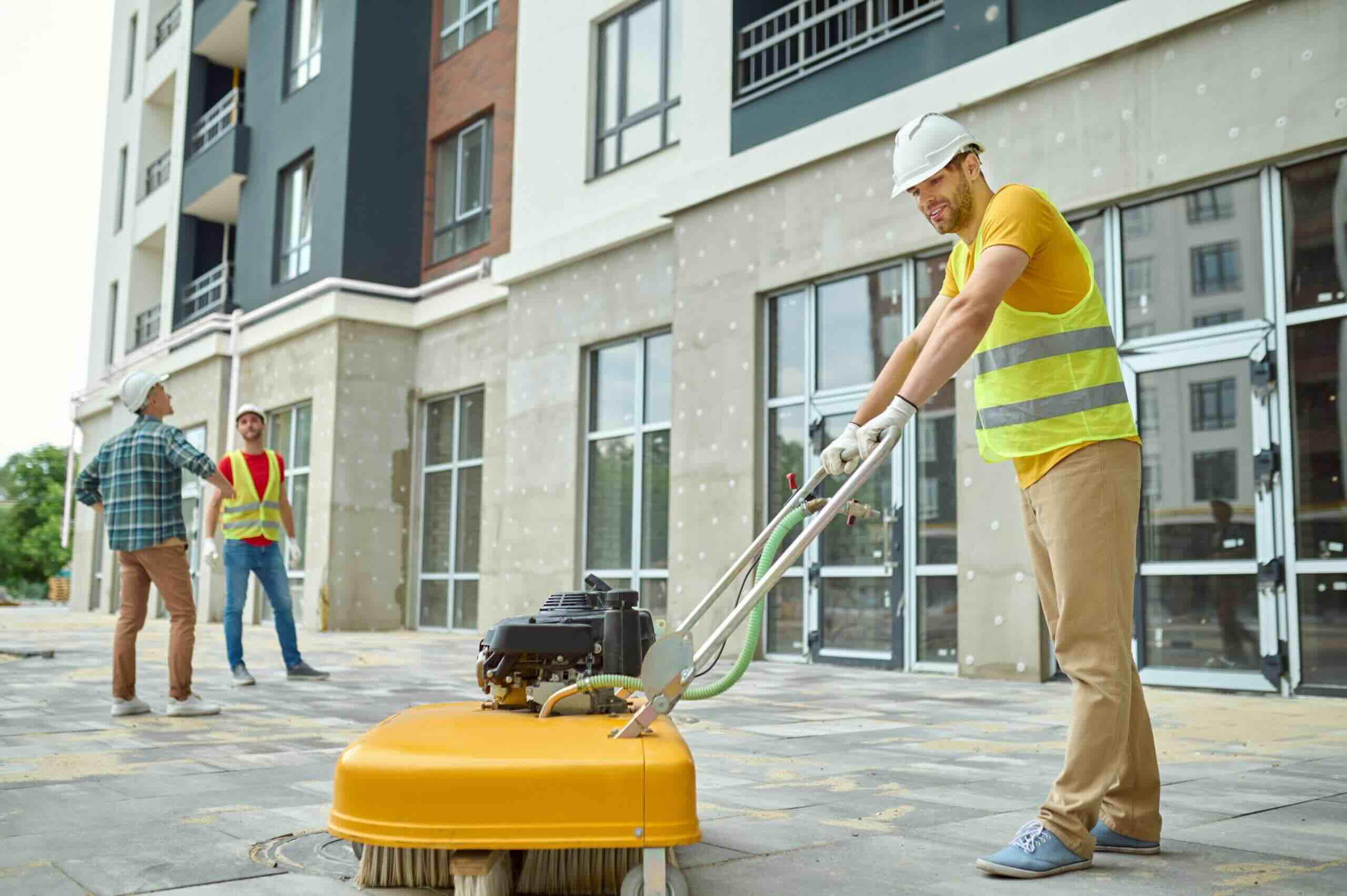
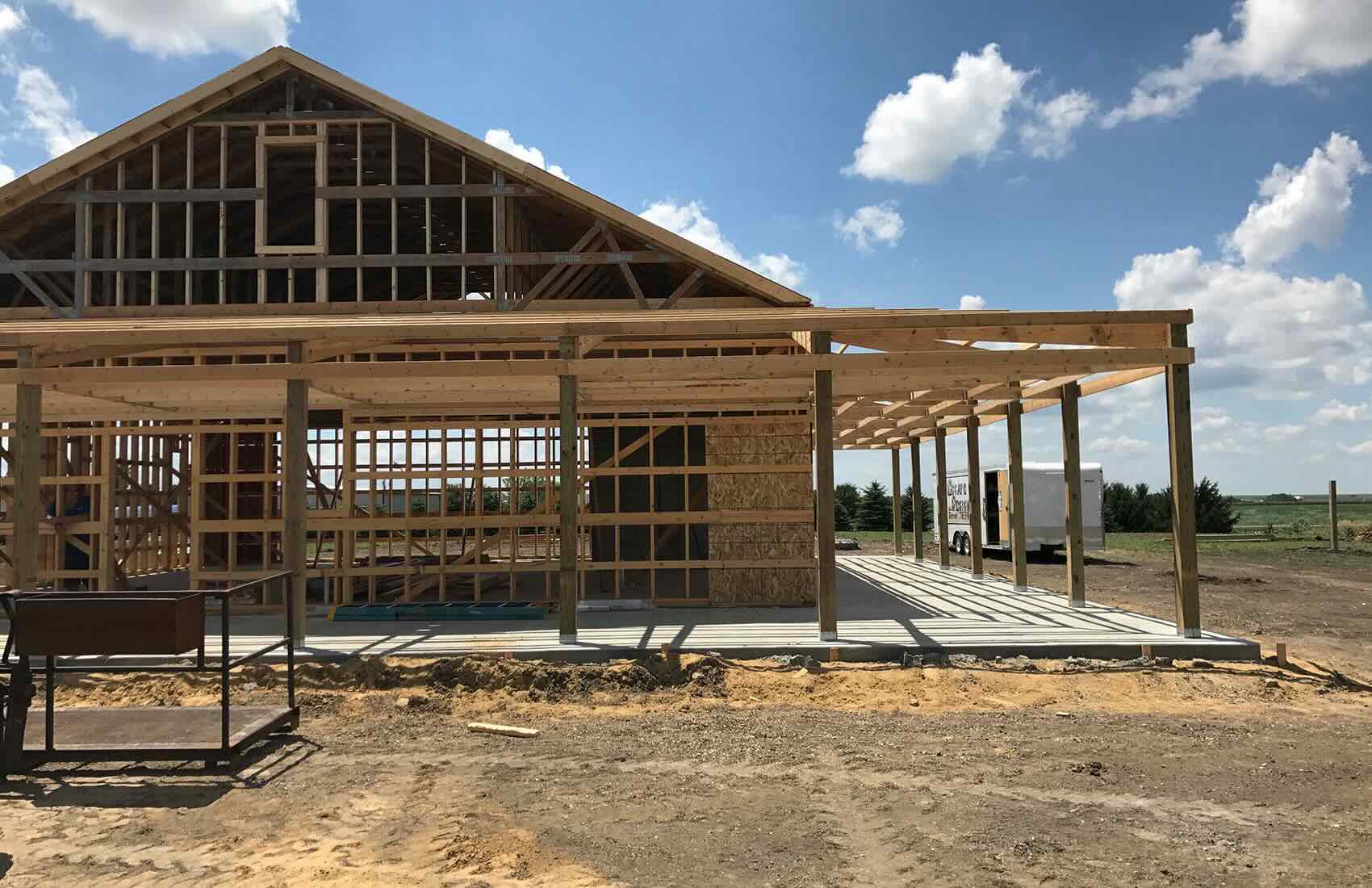
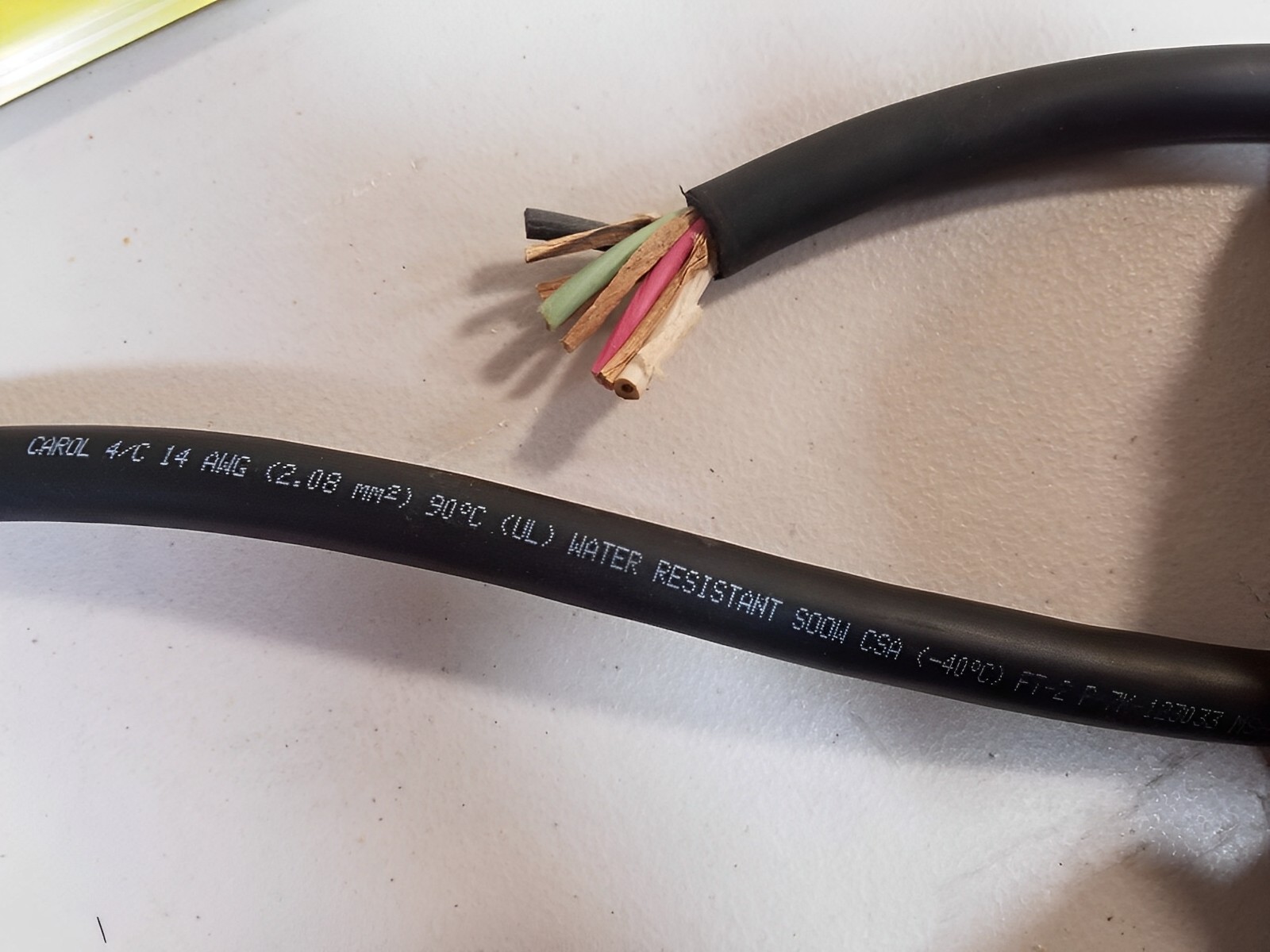
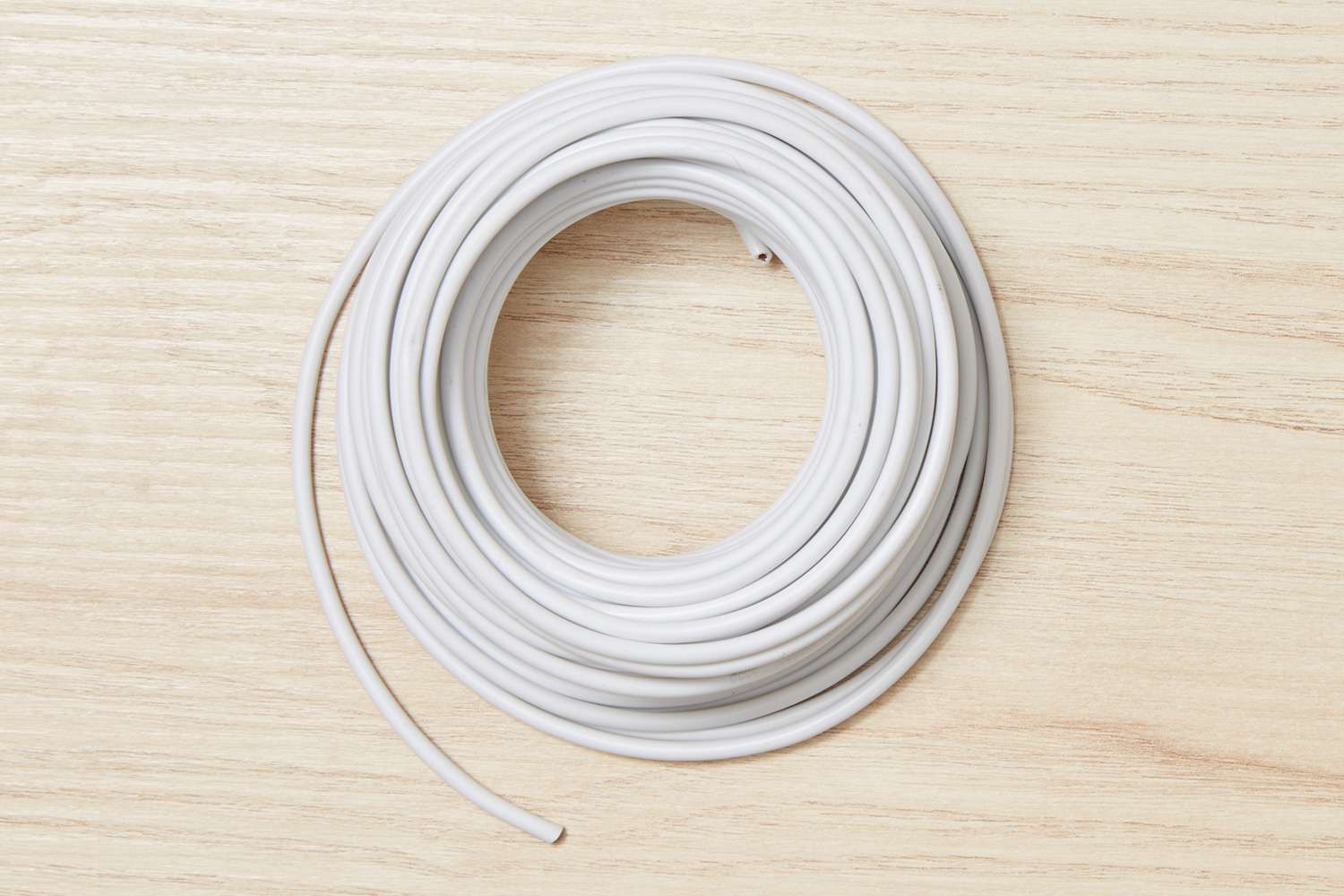
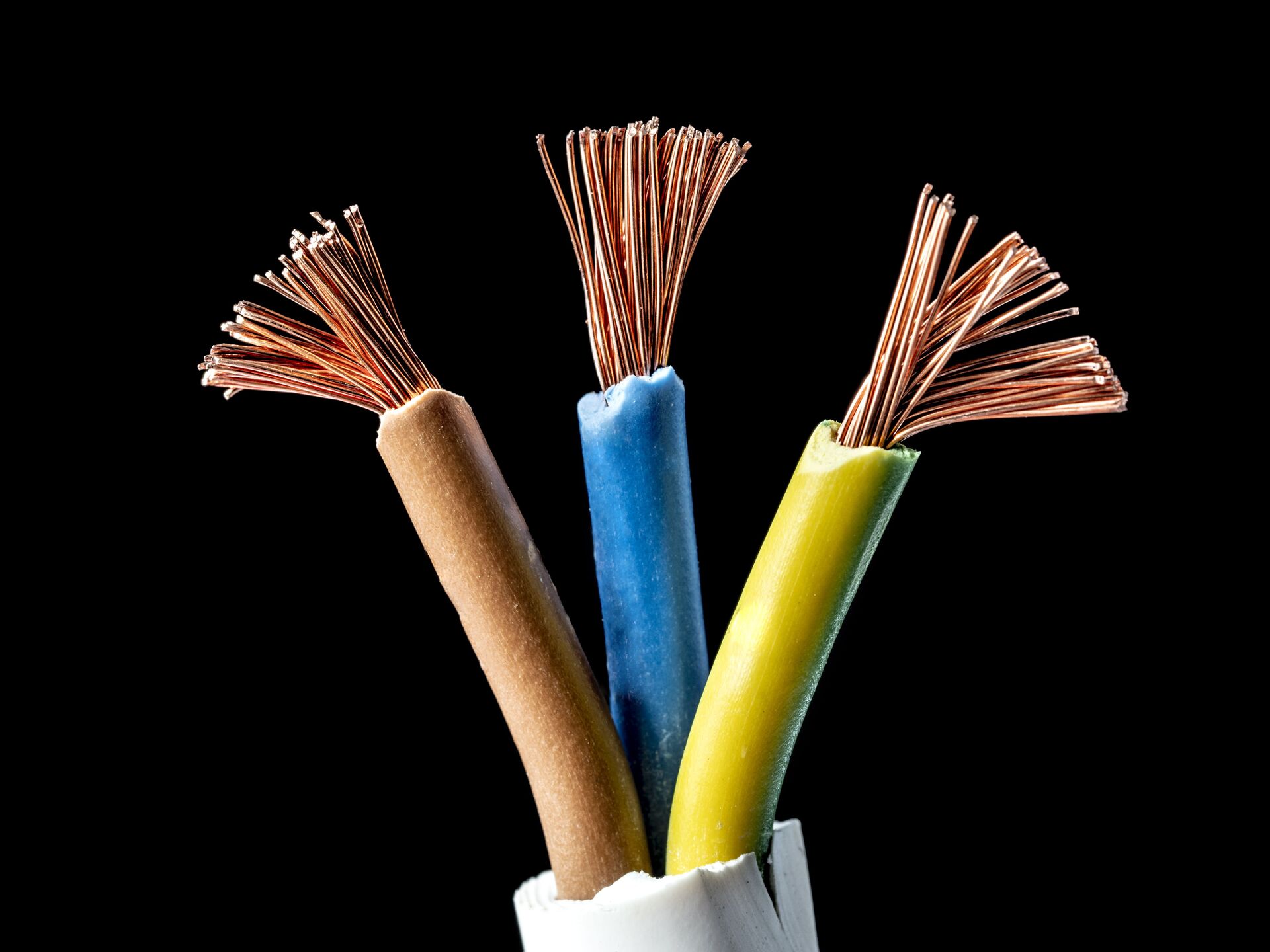
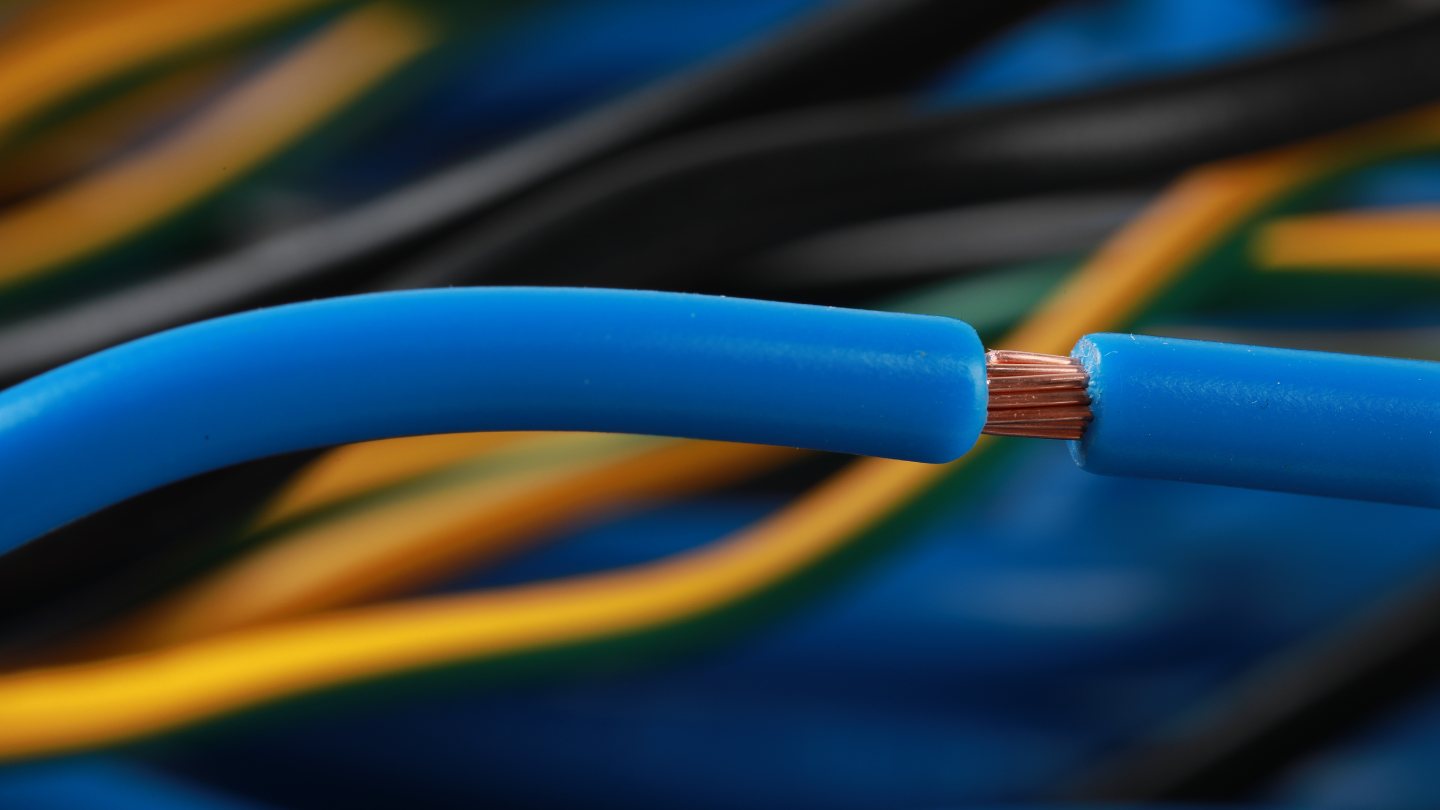
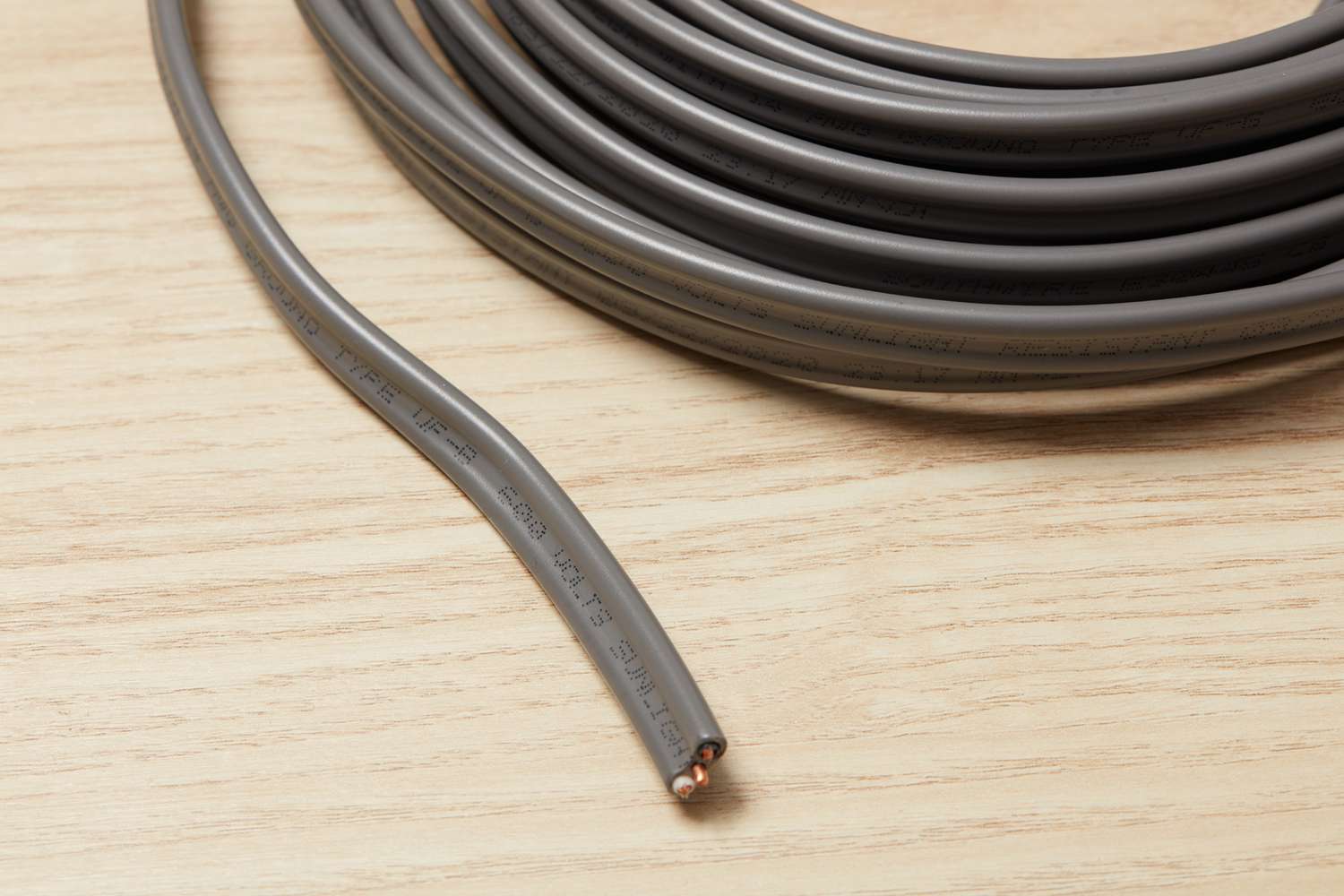
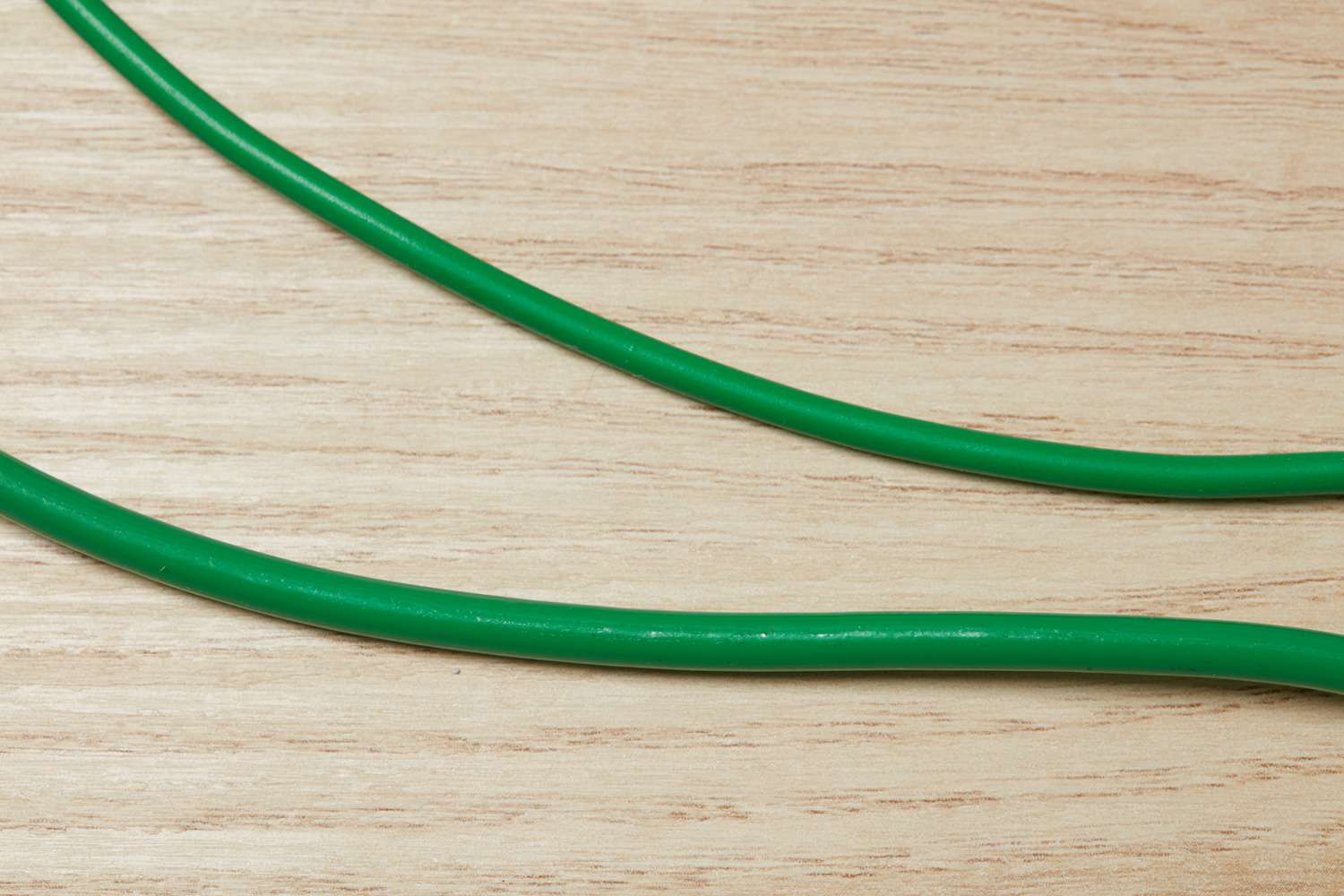
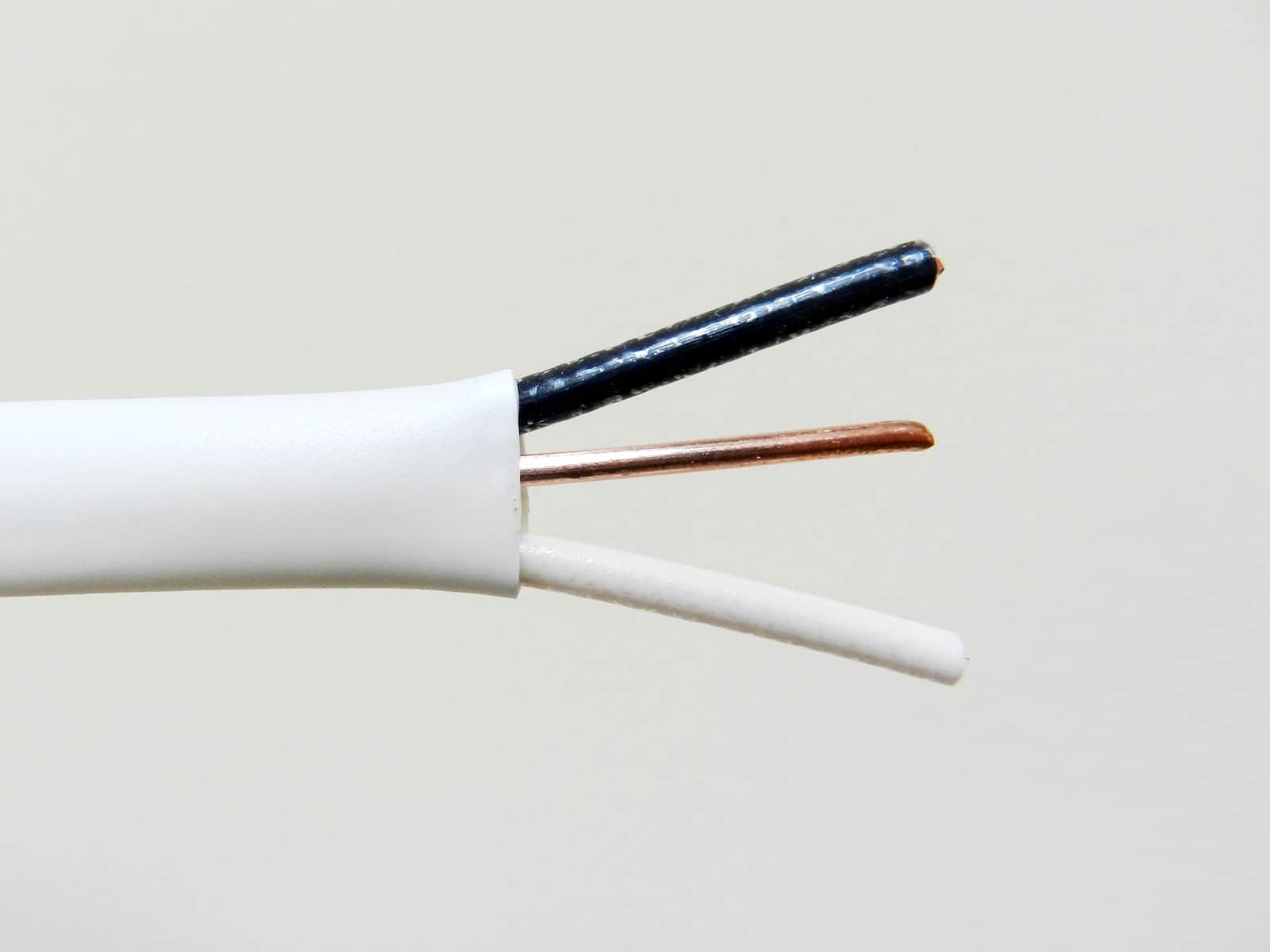
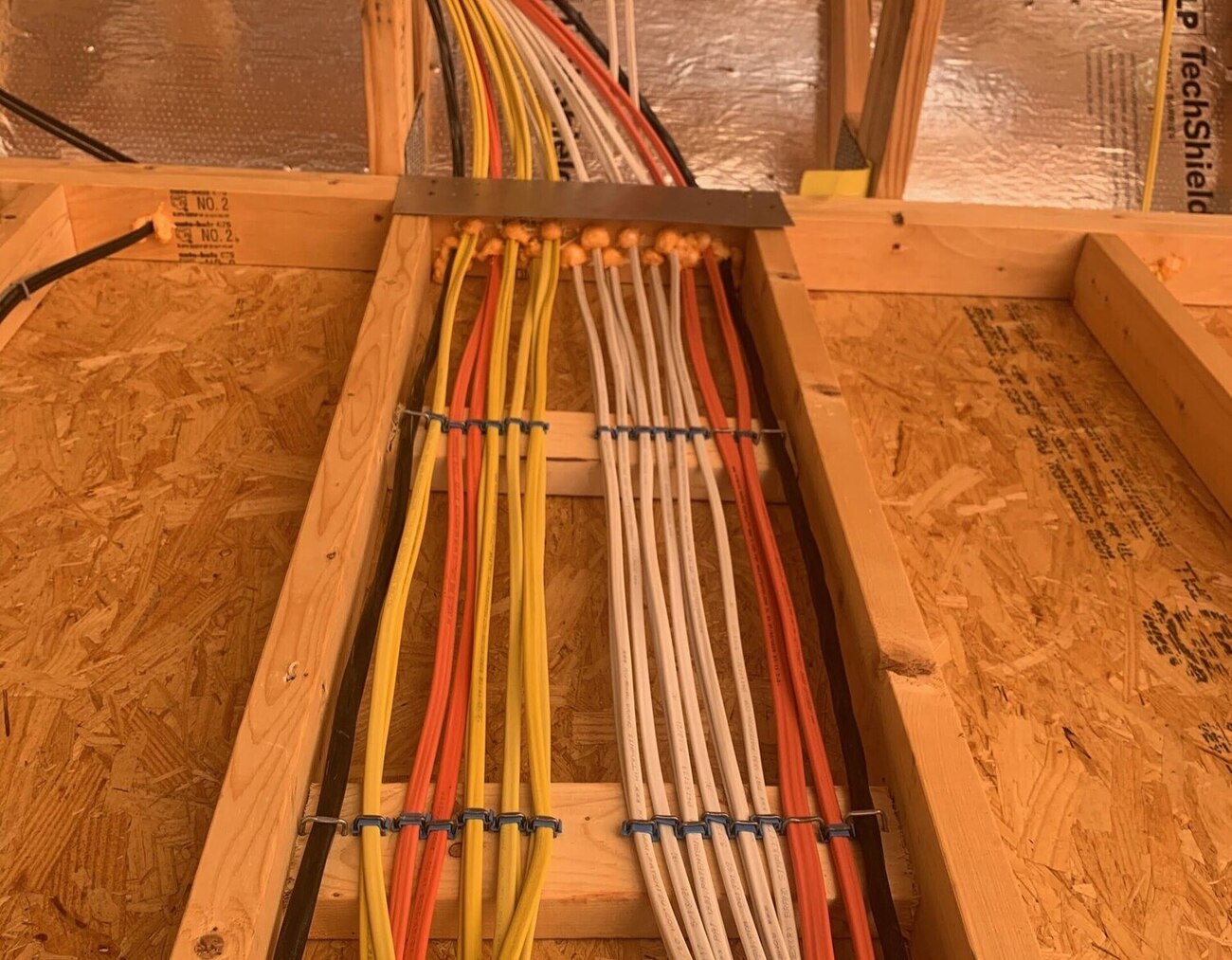

0 thoughts on “What Are Post Tension Cables, Reinforcing Rods, And Wire Mesh Used For In Construction”